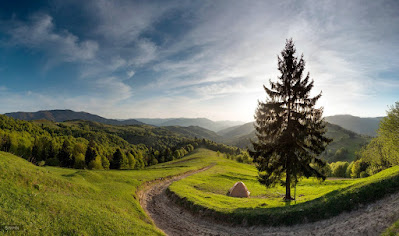Pink fizz is perhaps the most traditional wine for Valentine's Day and spending a few extra pounds on a good Champagne shows you really mean it.
Of course, the reality is that Valentine's falls in the middle of winter when the weather is hardly suited to sitting in the garden and you are more likely to want a steak than a salad for your evening meal
So, here are two wines from Tesco that cover both bases - a good, well-made rosé Champagne to serve as an aperitif or with starters.
Then, a very sophisticated and food-friendly Spanish red to match with a wide range of wintry comfort foods.
Both wines drink nicely on first pouring, but open up with a bit of air, so don't be afraid to open them ahead of time.
The Established Classic - Champagne
If you are buying fizz, whilst there are plenty of good ones around from all over the world, you do need a reason for it not to be Champagne.
And if you are making a gesture, very few people will object to it being that famous northern French fizz.
The Modern Classic - Ribera Del Duero
Ribera Del Duero could be the best Spanish region you've never heard of; whilst Rioja is perhaps the country's most famous red-wine area, Ribera Del Duero is higher and cooler with a harsher, more intense continental climate that results in a structured, concentrated freshness.
The grape is the same as Rioja's - Tempranillo - and geologically the region follows the Duero river that becomes Portugal's Douro, the home of port.
Tesco Finest Premier Cru Brut Champagne Rosé (£23)
a blend of Chardonnay for fruit and elegance with Pinot Noir for colour and weightiness.
red fruits, florality and toasty, yeasty brioche; fresh, ripe, soft red berry fruits, savoury brazil nut and almond and fresh, citrussy sherbet with a fine mousse.
Good.
Serve as an aperitif or match with seafood starters, lighter prawn curries or salmon dishes.
Tesco Finest Ribera Del Duero, 2019 (£12)
darkly fruited, oaky spice, pencil shavings and florality; inky, intense and concentrated yet very fresh and structured; ripe dark berry fruits, liquorice and sweet vanilla spice; fleshy yet with a muscular core. Well-made, sophisticated and enjoyable.
Very Good.
Match with char-grilled red meats, roast lamb or grilled portobello mushrooms
*****
Further reviews: Joanna Simon on the Ribera del Duero: www.joannasimon.com

















